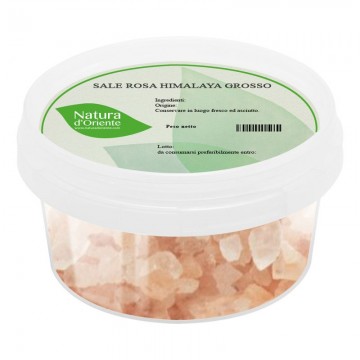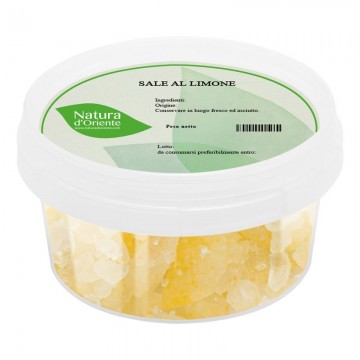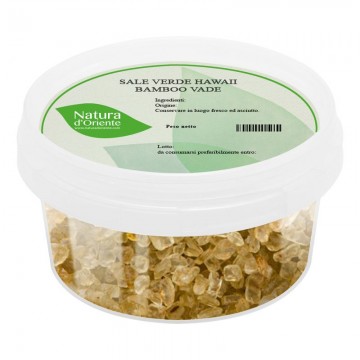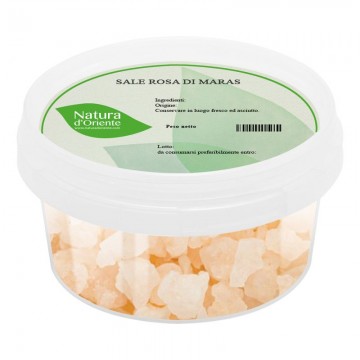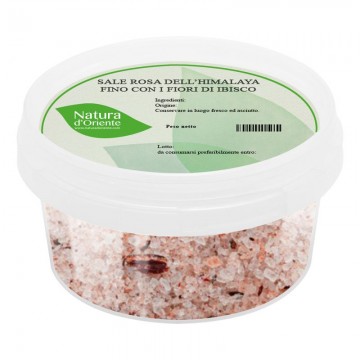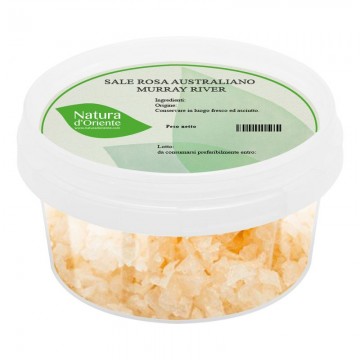This salt derives from the handmade harvest, in the marshes near the town of Guérande, in the Pays de la Loire - at the mouth of the Loire on the Atlantic coast. The salt pans of Brittany boast an ancient tradition of millenary “savoir-faire”, and by combining sun and wind they obtain a special coarse salt. It is also known as "Celtic salt", due to the location of the salt pans in this area, and the collection system, which has remained unchanged for centuries.
Gray salt from Guérande: features and benefits
This typical salt, extracted from the Atlantic Ocean, is recognizable by the gray crystals and is highly sought after for its scent. It is appreciated by great chefs to garnish, and to add a special touch to many dishes. Its color is due to the fact that the water is collected in large clayey basins (the famous Breton swamps), and during drying it absorbs the clay particles of the earth, taking on their typical grayish tone. It is proof that the Guérande salt is not treated with whiteners and does not undergo any type of refining. In addition to the characteristic gray color, for this reason it retains a large amount of minerals. However, it is a low sodium salt, compared to common table salt but it is richer in mineral salts, especially magnesium. Gray Atlantic salt is an integral salt that preserves its characteristics, and is packaged immediately. Enriched by the mixture of local seaweed from Brittany), this salt is truly particular for its intense flavor, excellent for fish, pasta, rice or seafood dishes.
Origins and History of the extraction
The roots of Guérande salt are very old, because it has been harvested in this area since the Iron Age. The peninsula on the Atlantic Ocean was equipped with ideal lagoons where the water could be exploited for the salt flats. The first used in a systematic and organized way date back to the third century, after the Roman conquest. The waves naturally carried the salt to the rocks, and in the Middle Ages the activity was enhanced by the monks of the nearby Landévennec Abbey. In the 10th century they thoroughly studied the tides, the action of the wind and the sun, to excavate and delimit the salt pans, as we still see them today. Five of those basins are still in operation in the marshes today. The business became very profitable, and the Guérande salt was famous for many centuries. For this reason, the trade of the "paludier" or salt worker was born, which has been handed down for centuries. The Guérande marshes have survived until modern times, through several struggles for control of the salt trade. Famous was the gabelle instituted by the king of France, who took the monopoly, and which gave rise to the smuggling of salt, at least until 1790. Moving on to the extraction process, the gray salt of Guérande is collected from the surface of the salt pans , when the weather conditions allow it. An artisanal work, which takes place in the summer months from June to September. The water contained in large clayey basins, similar to swamps, undergoes the combined action of the wind and the sun with its humid heat, which bring out the salt. The tanks favor the evaporation of sea water, and the salt concentrates until it crystallizes. During drying it absorbs the clay particles of the earth, and hence the greyish color of the Guérande salt. It is called Celtic salt because it is harvested according to an ancient Celtic method which requires only the use of wooden shovels, tools suitable for guaranteeing its purity and integrity. In the Breton salt pans, the production of salt is a 100% natural process. even the insertion of algae is, because the salt flats also receive the algae from the Atlantic
Nutritional values of the gray salt of Guérande
This sea salt is known for its nutritional value. It is unrefined, contains no additives, is rich in magnesium and low in sodium. In addition to sodium chloride, and traces of other mineral salts such as potassium, iodine, calcium, zinc, it is enriched by Breton algae.
How to use Guérande's gray salt in the kitchen
This Breton salt gives a subtle and delicate flavor, which makes it ideal for seasoning various dishes, from meat to fish to vegetable dishes. It adapts well to any type of recipe, but in particular it enhances raw preparations such as salted meat or fish, seafood, clams and other crudités. The moist consistency enhances fish-based pasta and rice dishes, to which it gives the flavor of the ocean and seaweed. Excellent in rich salads, to season with a pinch of salt. The gray salt of the Atlancient is often combined by chefs with the particular and refined taste of truffles, and is also used in desserts, in a moderate way with the combination with caramel.
Gray salt of Guérande: side effects and contraindications
Caution is advised in the intake of sea salt in case of hypertension, cardiovascular disorders, diseases related to the kidneys and blood vessels. Furthermore, it is good to moderate the quantities during pregnancy and breastfeeding.

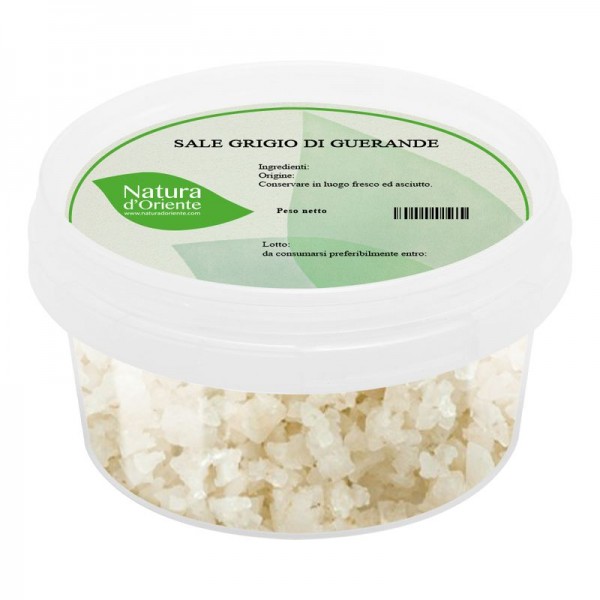





 No reward points for this product.
No reward points for this product.

